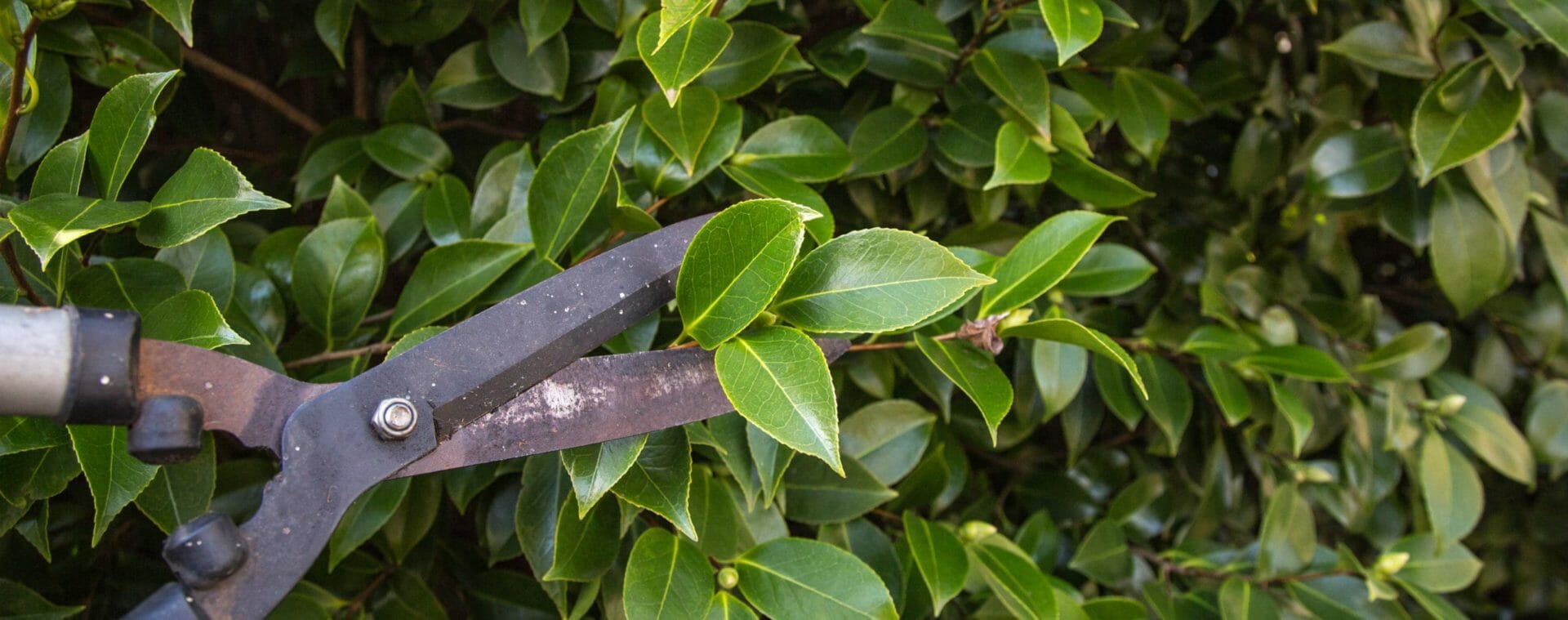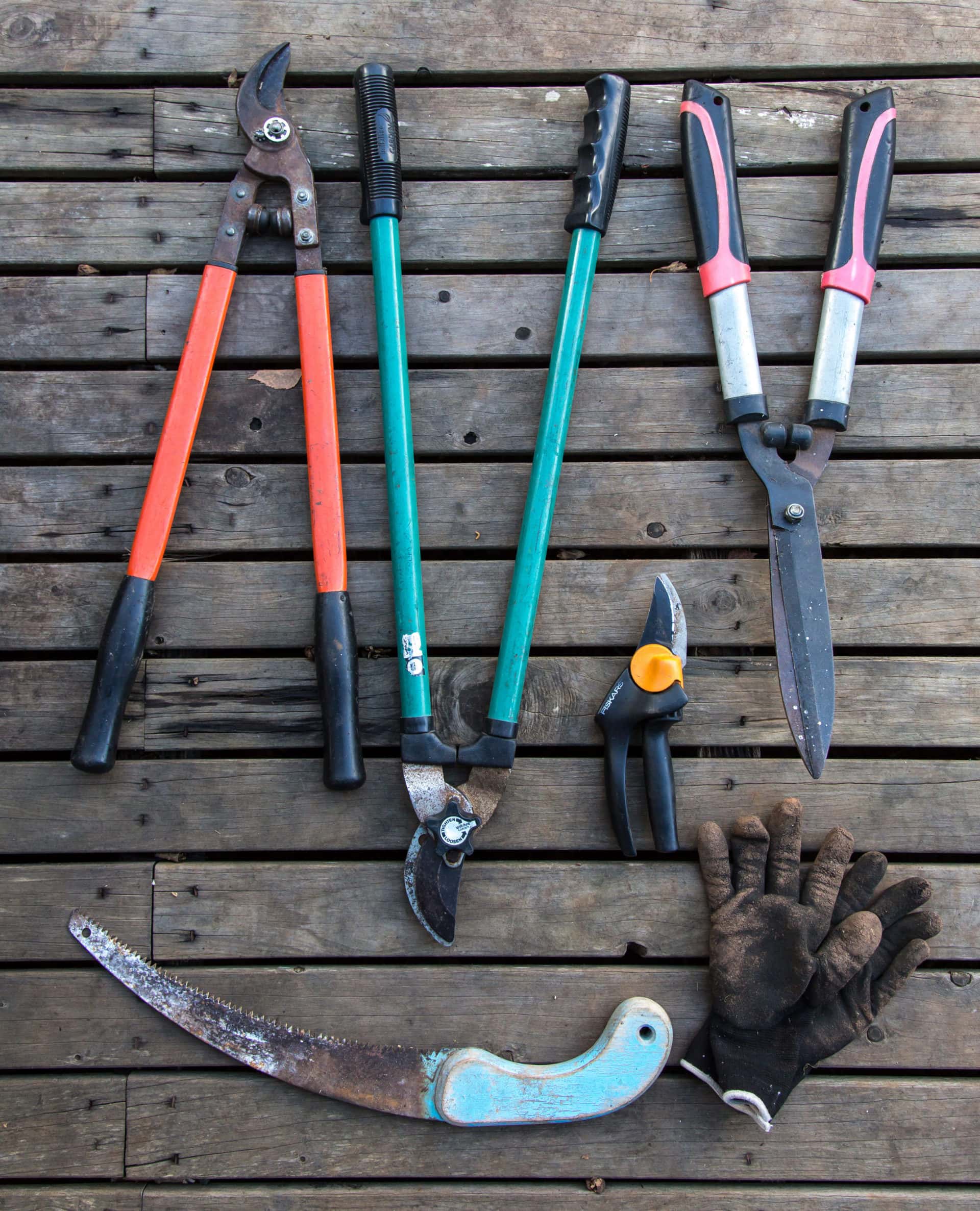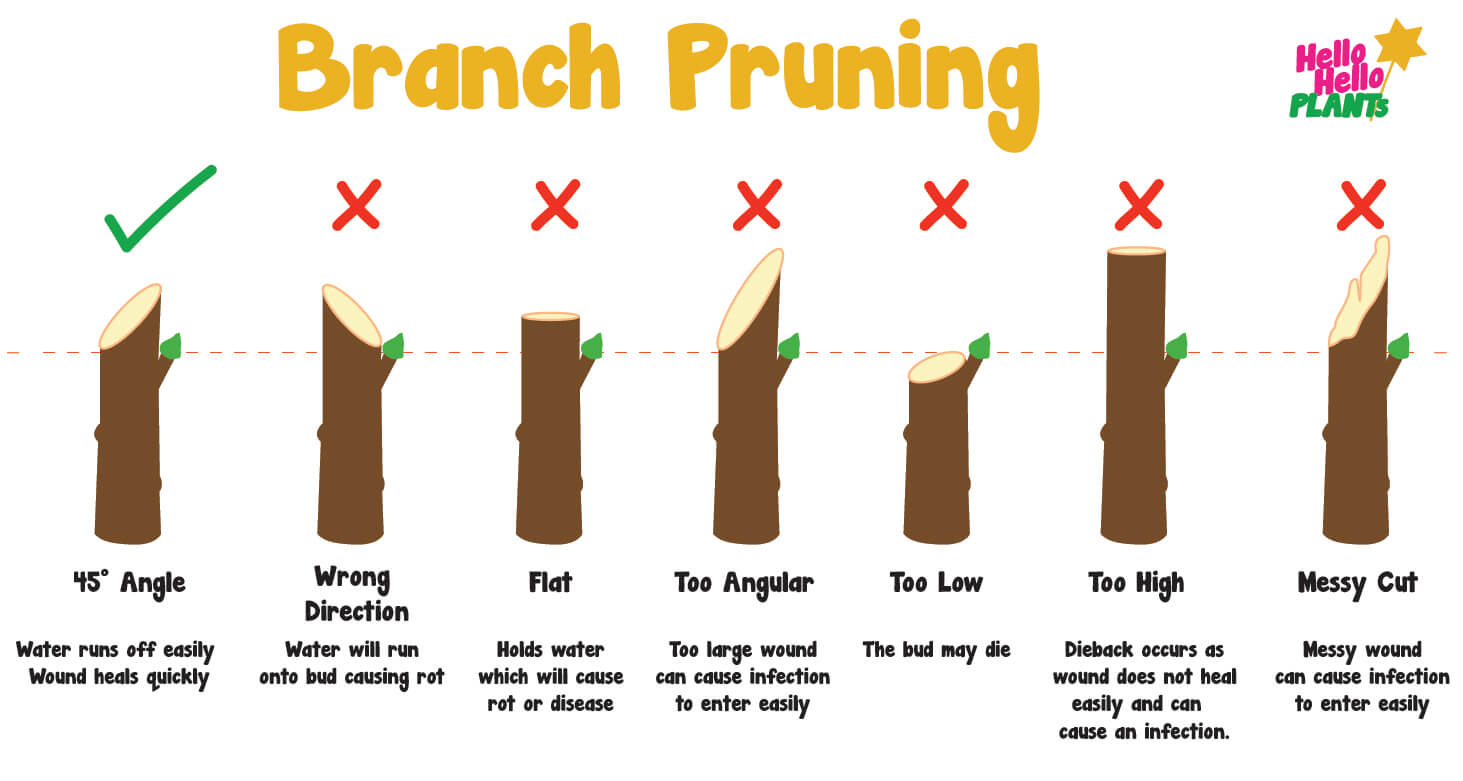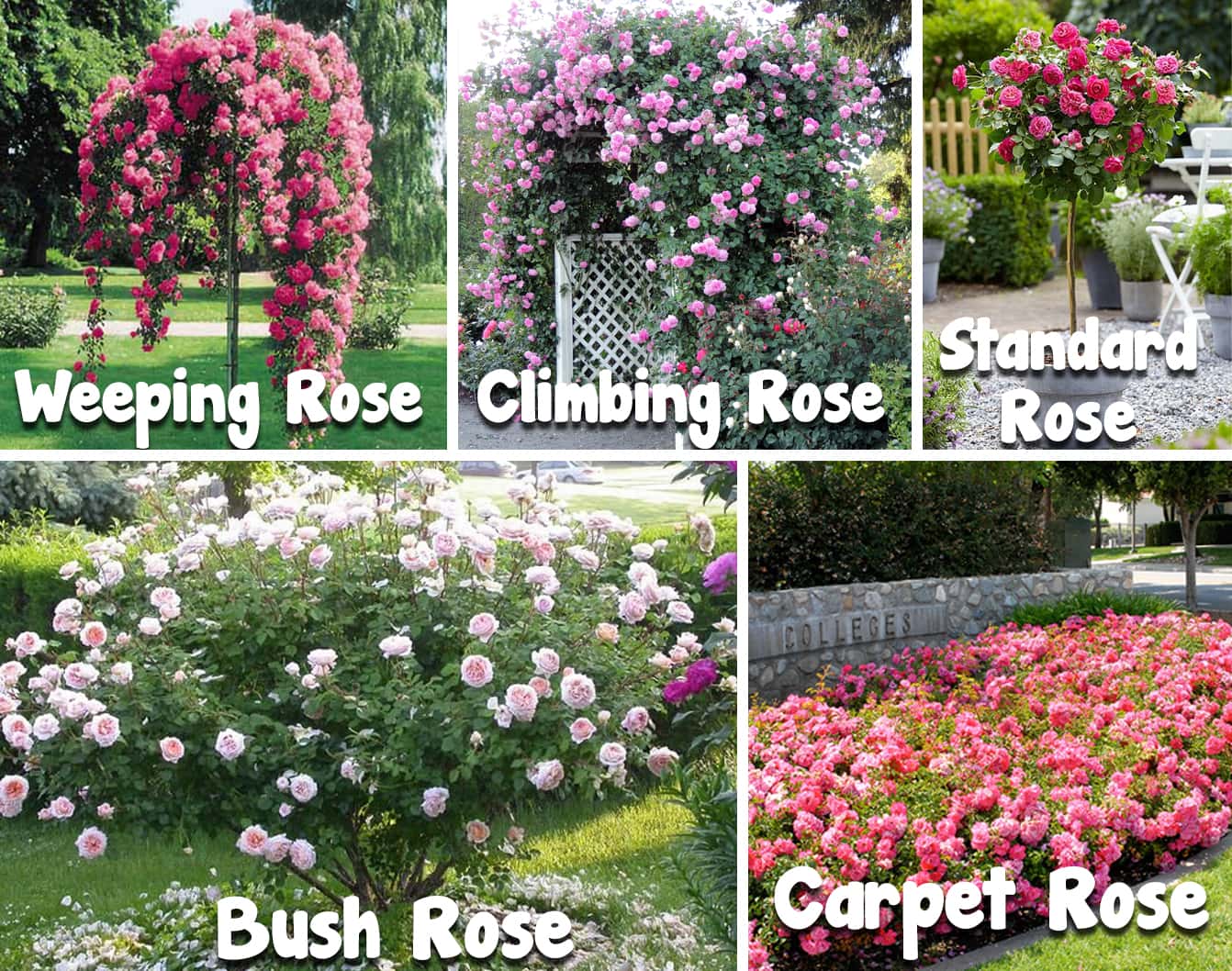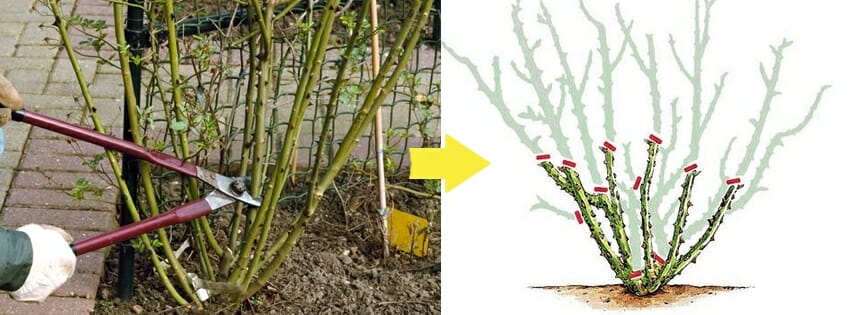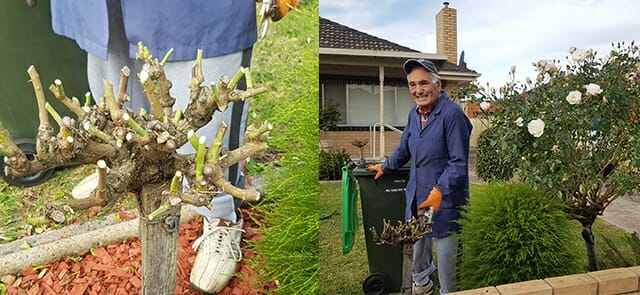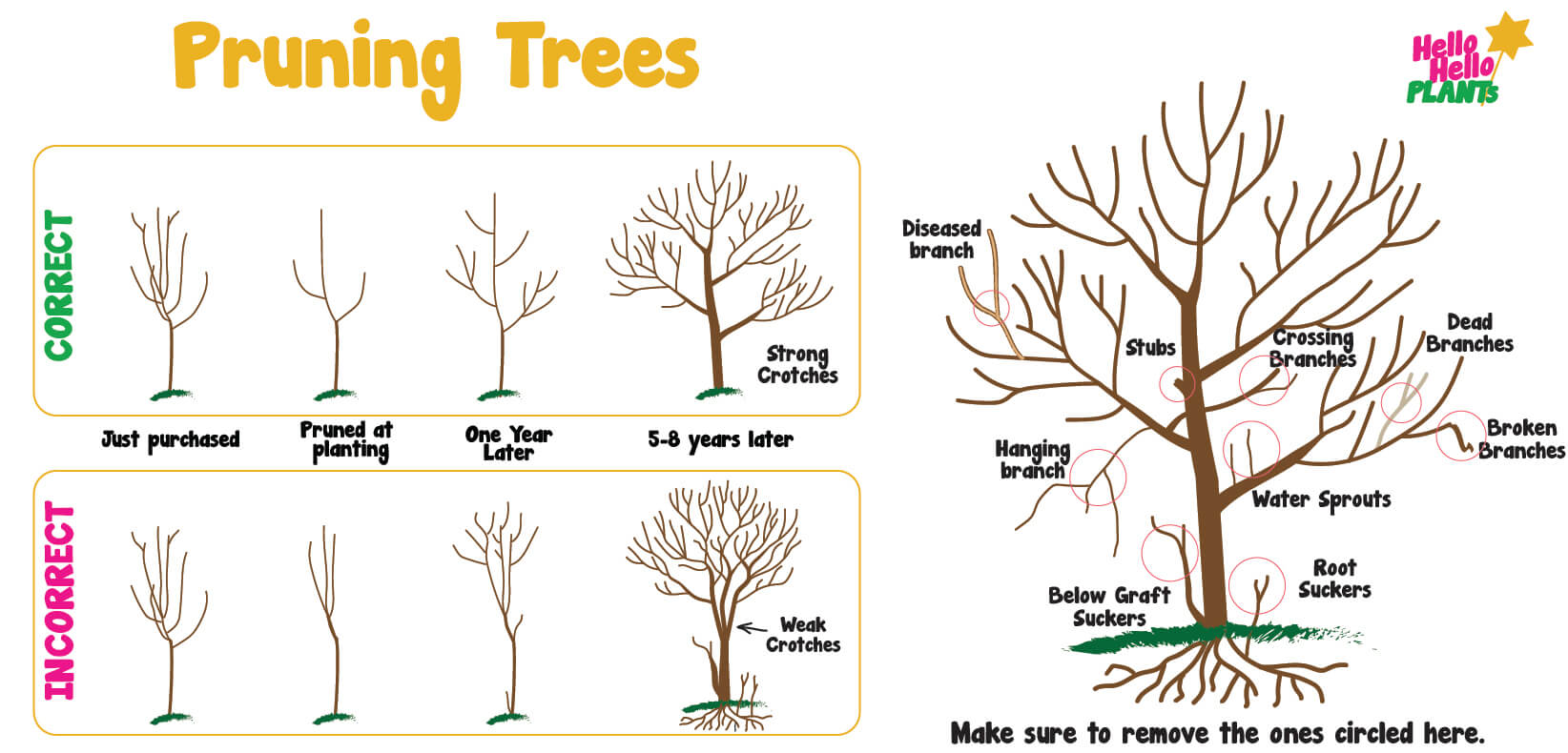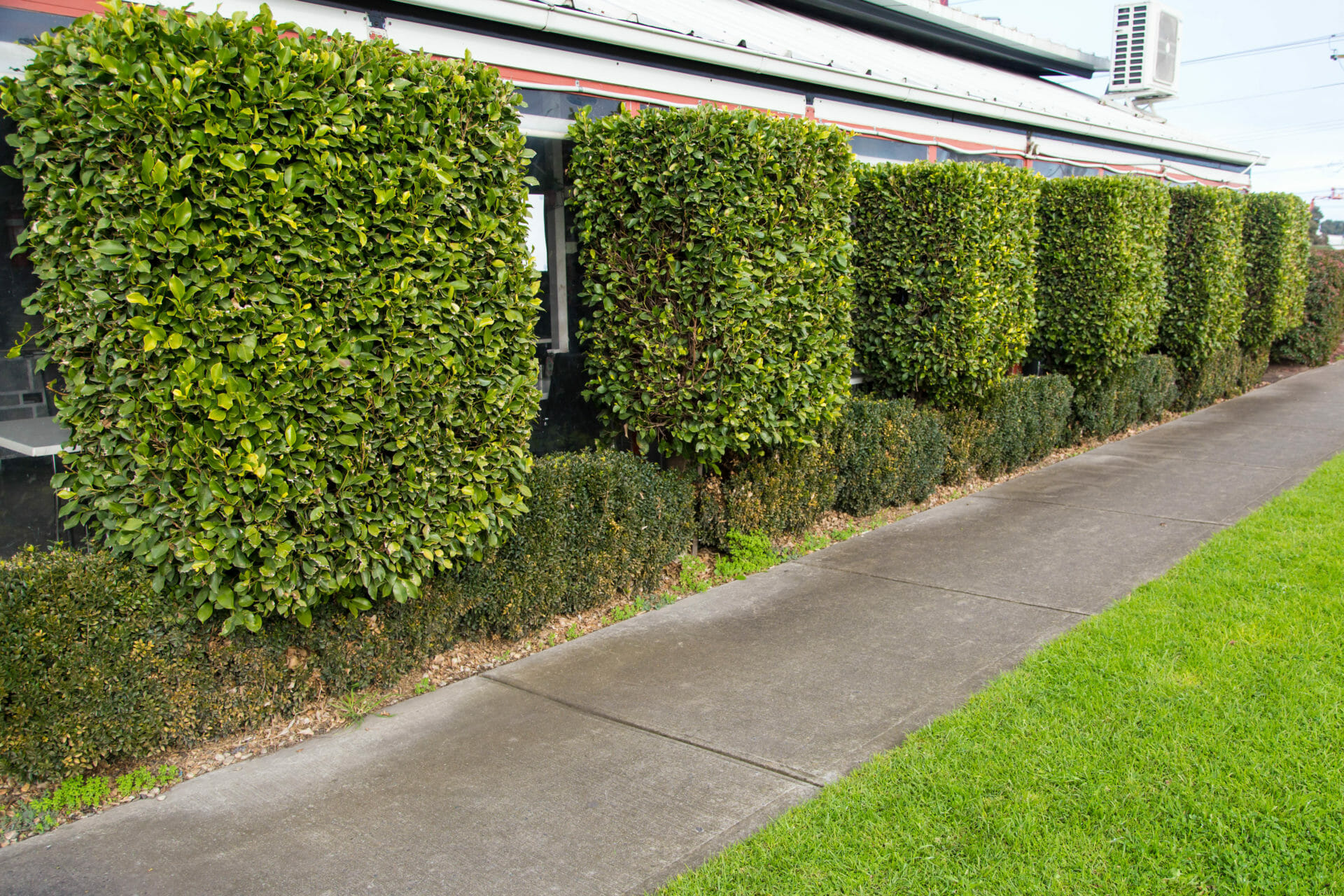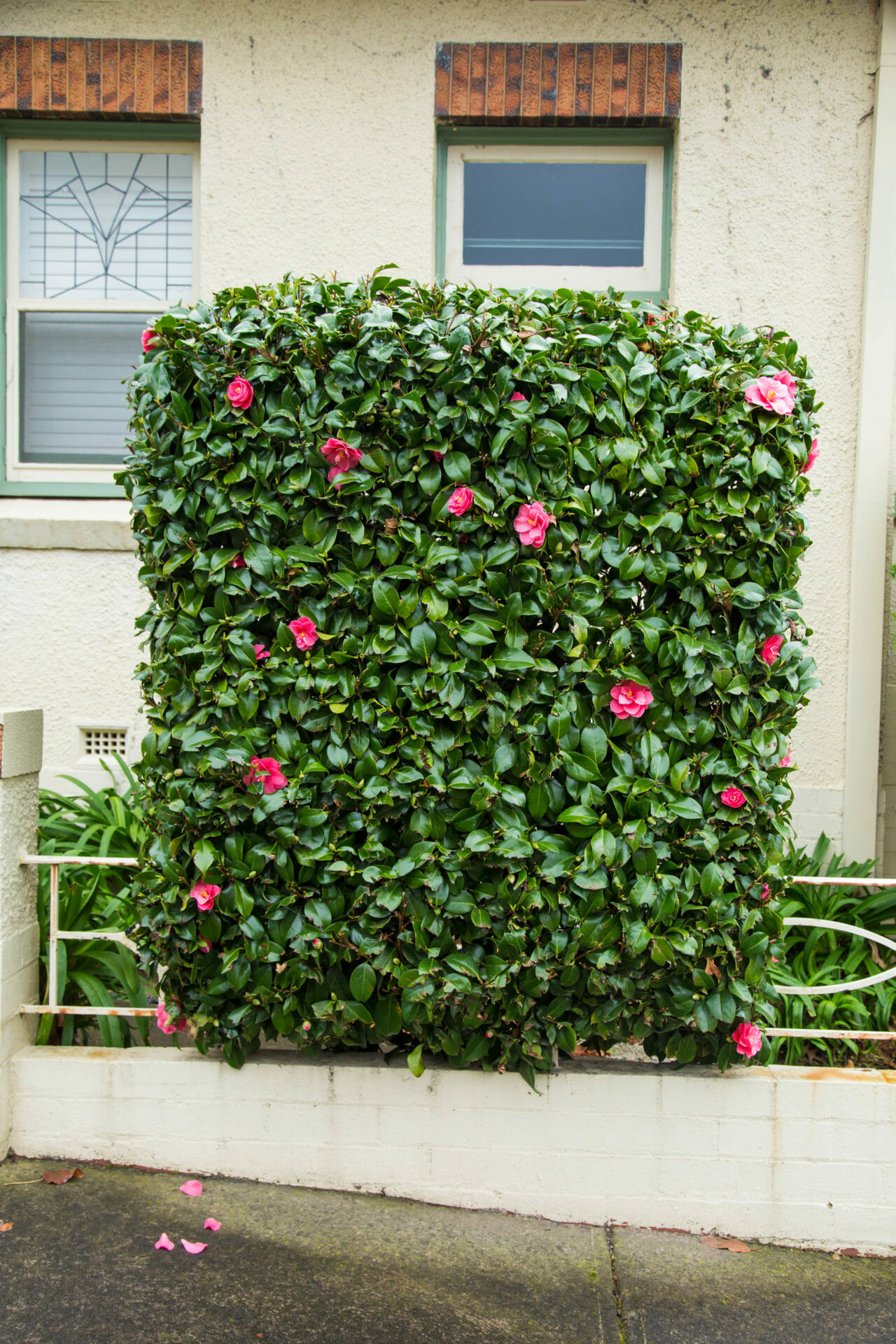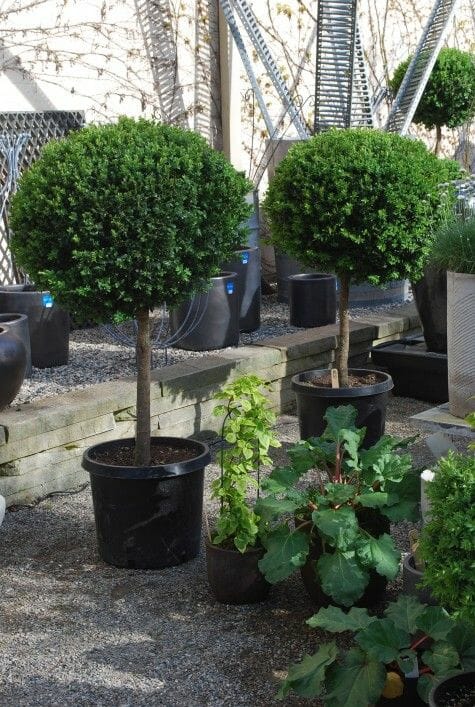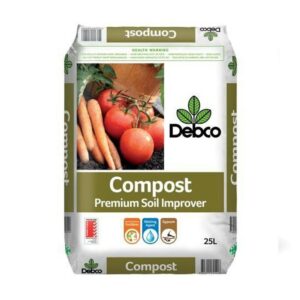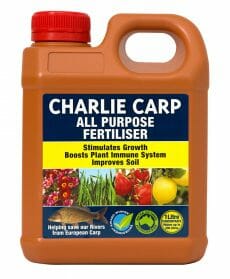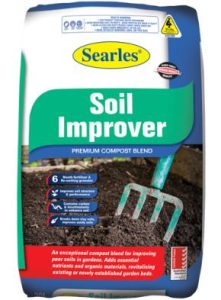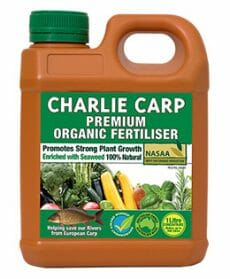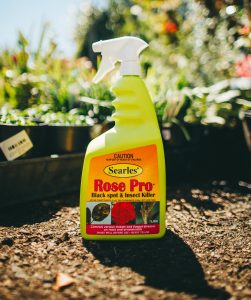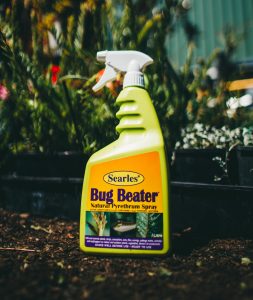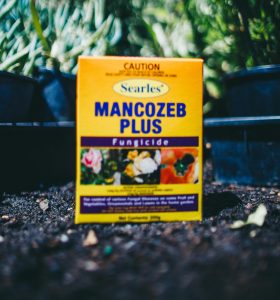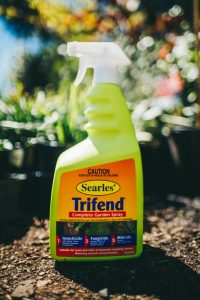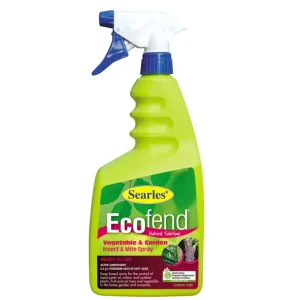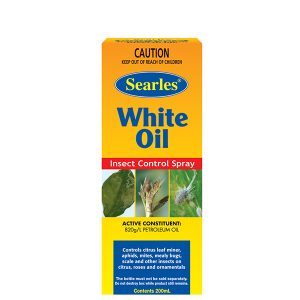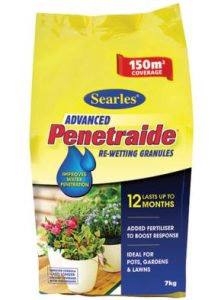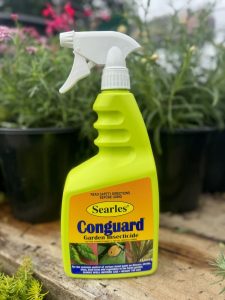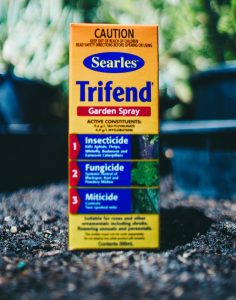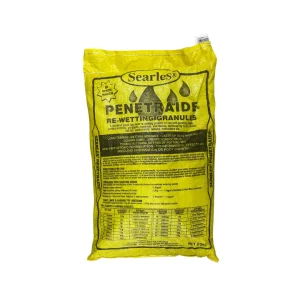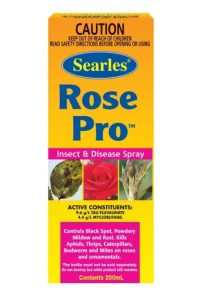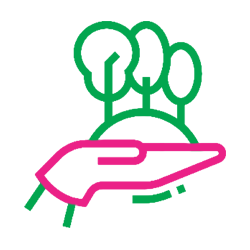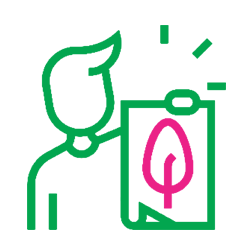Why do we prune plants?
- For plant health – to remove dead, damaged and diseased wood and branches
- To clear pathways and entrances
- For aesthetic purposes like topiary and hedging
- To ensure better flowering or fruiting
- Thinning to increase airflow and light
Best time to prune
Late winter-early spring is generally the best time to prune woody and deciduous plants. The wounds created from your pruning will heal well during the spring when the sap begins to move again. This is also the best time to do major trimming for your hedges. Some plants, such as Azaleas and Hydrangeas can be pruned after they finish flowering, which is usually winter when the leaves are beginning to fall off
On the other hand, trees such as Birches, Magnolias and Maples will often heavily bleed during the winter if pruned. It does not cause harm to the plant but can be quite unsightly. It is said that the best time to prune these heavy bleeders is when they are in full leaf and the sap is no longer flowing so easily. This would be late spring-early summer.
Deciduous plants require pruning usually in the winter, but there are some exceptions. Apricots are often assumed to be one to prune in winter but these delicious fruits can be affected by bacterial gummosis if pruned in the winter months, so only prune apricot in the spring or autumn!
How often to prune
It all depends on the variety of plant. Some flowering shrubs, such as the rose bush, benefit from another summer prune to bring about a second flush of blooms. Hedges are also trimmed a number of times throughout the year, often in the warmer months to maintain their shape and height. Deciduous shrubs and trees may only be pruned once per year, depending on the variety. It is best to know your plant before you start!
Know your plant
Different plants require different pruning methods and it is vital to the plant’s health and future that you know! A proficient gardener will get to know the plants in their garden and their needs, which, in turn, will create a magnificent garden for you to be proud of.
Safety precautions when pruning
- Prune on a clear and dry day. Avoid rainy days.
- Protect yourself from the sun with a wide hat, but make sure to not obstruct your vision.
- Dress appropriately for the job with long pants, sleeved shirt, gloves, grippy shoes and protective glasses.
- Use extra caution when using powered tools.
- Maintain your tools and keep them sharp and clean.
- If you are using a ladder, make sure that it is secured and stable.
- f not, ask someone to assist you.
- Watch out for spiders and snakes.
Key points whilst pruning:
- Prune at approximately a 45 degree angle – this angle prevents water resting on top of the cut and rot setting into the cut.
- Always prune back to a bud. If you prune in the middle of the stem, it will just die back to the next bud, creating an ugly dead piece, which would be a perfect spot for disease and fungus to set in. But also remember, don’t prune too close to the bud as that can damage it and harm the chances of regrowth.
- Make sure your tools are clean. You may be pruning multiple plants during your day and one may have a disease you’re unaware of. Without cleaning your tools you could unknowingly transfer that disease to a few of your plants.
- Keep your tools sharp – like knives in the kitchen, sharp secateurs and loppers create cleaner cuts. Cleaner cuts are easier and quicker to heal.
- Stand back from your project – it is always best to monitor your progress by inspecting the plant from a small distance, as that’s where you’re generally going to see the plant from plus you will see what needs to be corrected much easier from here.
- If you’re unsure, don’t cut off too much – Pruning takes a lot of practice. In the case of hedging it is best to lightly trim so you can easily see and correct any mistakes. You can always come back next season and correct any mistakes after it has had time to repair. In the case of fruit trees, if you cut off too much you may not get fruit that year!
Pruning Roses
Bush and Standard Roses
1. Remove all the new, soft growths.
2. Cut back any dead, damaged or dying wood.
3. Remove all the suckers. These are buds that are growing from the understock and are found below the bud union.
4. You should cut it back so that it resembles a claw, don’t worry if you think you have been too ruthless. The plant should have 4-5 main leaders ready for next season.
Your rose will now have been cut by almost 2/3 of what it was. It may look like a lot but it is necessary and they love it! If you’re unsure, ask our staff or take a walk around the neighbourhood and find some of your local rose enthusiasts. Check out how much they will have cut their roses back by and you will be surprised! That’s one of the reasons they have such beautiful roses.
See how the big standard rose has been trimmed back, even though it had lots of leaves and flowers? This ensures that common rose diseases such as Blackspot, Powdery Mildew or Rust do not spread and affect the whole plant, since they are more vulnerable to those diseases during winter.
Climbing
Unlike the regular bush roses, climbing roses don’t require such harsh pruning whilst it is establishing its framework. Once it is established, or at the size or shape you want, it will then only require neatening and reforming.
Pruning a young climbing rose:
- Identify main climbing leaders (branches or vines that will climb up your trellis or frame. We do not want to prune these)
- Remove any new, soft growth that cannot be tied back or that is growing in an outward direction.
- Cut away any dead, damaged or dying wood.
Pruning an established climbing rose
- Remove any new, soft growth that cannot be tied back or that is growing in an outward direction.
- Cut away any dead, damaged or dying wood.
- Be careful not to remove any buds on new wood as this is where the rose will be producing its beautiful blooms the following season!
Weeping Roses
Pruning treatment of a Weeping Standard rose is a combination of a bush and a climber.
The long, beautiful weeping branches need to be maintained to create the gorgeous, flowering weeping mass in spring, but each year it will need to be tidied to be kept healthy.
- Remove any suckers from the main trunk (these will often grow straight up and look very different from the main head of the plant)
- Remove any soft, new growth that is growing upward in the head of the plant or that is growing away from the main weeping form that you want
- Cut away any dead, damaged or dying wood.
- Make sure there is good airflow in the head of the weeper, so remove any wood where it is getting cramped.
Pruning Deciduous Flowering and Fruit Trees
Late winter is the best time to prune deciduous trees for a few reasons. All the foliage has gone, baring the tree and its framework, making it easier to see what needs to be removed. The tree is also dormant and sap flow is low, so you aren’t working against the tree whilst it tries to produce new growth.
Most deciduous flowering and fruiting trees will require formative pruning upon planting (see below). Continual formative pruning will be required for the following 2-3 years, after which the tree will begin to take its shape. Pruning after this is to maintain the desired shape, remove overlapping or inward facing branches and to remove diseased, damaged or dying wood.
For more on Fruit Tree pruning see our Pruning Fruit Trees gardening advice page.
Pruning Box, Hedges and Screens
Maintaining your hedges can be time consuming but it doesn’t have to be difficult. In fact, some gardeners find satisfaction in the precision of hedging.
For hedging, the main tools required are shears or, if you have a lot of hedging to do, invest in some electric shears. They make an hour long job a breezy 3 minute one!
Shears are used to maintain the shape and form of your hedge. Prune in spring and autumn, sometimes also in summer if the hedge is a fast growing one and you want to keep it in shape. But don’t prune on 30 degree or over summer days as it can cause the plant heat stress.
To get really straight lines in your box hedging or pleached screens, fix a string from one point of the hedge to the other at a fixed measured height. Nothing worse than cutting your wannabe straight hedge at a spectacular angle!
Get a string level to make sure your line is straight. If you’re trimming to match a sloping path the you will want to measure the same height vertically up the hedge from the path at both ends and fix the string at these two points.
Trim the hedge just below the string if doing a pleached hedge or, for box hedging, just above the string! Some landscapers are known to use boards up against box hedging to get those immaculate straight lines.
Pruning Topiary
Topiary are fun but can be complicated. The trick to topiary is to not cut too deeply. The aim is make the foliage fill out to create a nice dense shape but if you prune too deeply the plant will never get bigger. And if you make a mistake, you’ll have to trim even deeper to rectify it, making the shrub smaller again.
Always take a step back and walk around the plant you are topiarizing. It’s difficult to see any mistakes or missed areas up close plus you can monitor your progress.
There are new handy tools that can help you trim your topiary into the right shape including topiary shears and spherical frames or animal shapes that you merely need to cut the foliage back to.
Pruning Indoor plants
This is another situation where it depends on the plant you’re pruning. However indoor are not too dissimilar to pruning outdoor plants.
Pruning indoor is needed to remove dead, damaged and dying sections of the plant to reduce disease and further damage. It is also to form or shape the plant to the desired size you require it.
In some cases, such as vines, trimming the main vine will encourage more growth from the base and lower down the plant, making a leafier specimen.
Pruning Crepe Myrtles
Crepe myrtle pruning should be done with much care as to avoid crepe murder! Ugly deformed trees are created when the tree has been pruned to forcibly into a shape that it just can’t recover from. Too much is cut off and large, bulbous knobbly bits are leftover for new growth to form from. This can happen to other multi trunked branches such as Magnolias.
Pruning Crepe Myrtles is to remove excess branches, improving airflow and preventing clutter.
Feed after pruning
After pruning your plants can use some slow-release fertiliser to give them the essential nutrients to grow some new foliage and roots. Pick a fertiliser according to you plant or use an all purpose one. You can also top dress your soil with some compost and you can also use a liquid fertiliser for a more immediate boost.
Pruning Plants in Melbourne, Victoria, Australia. 2022
Sign up for our newsletter below
We will send you gardening tips, great deals, and exclusive giveaways. Happy Gardening!




